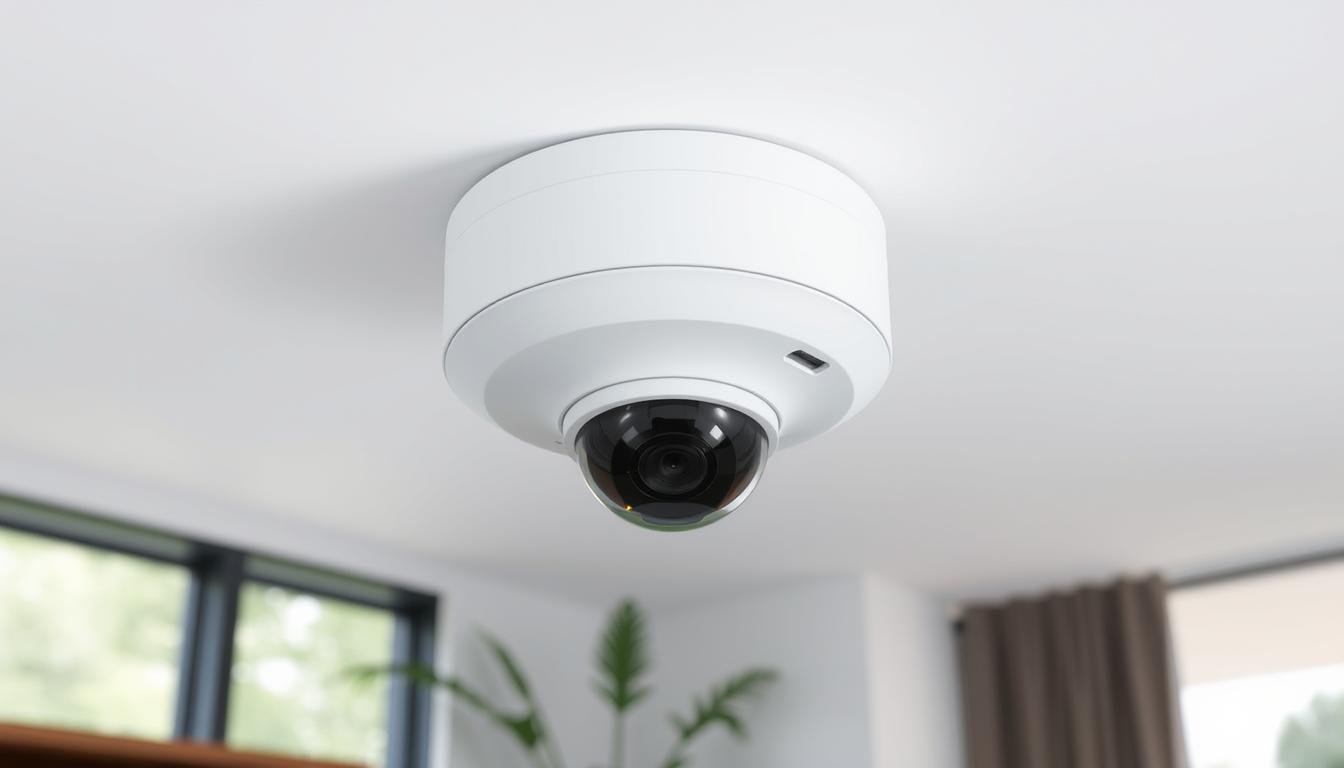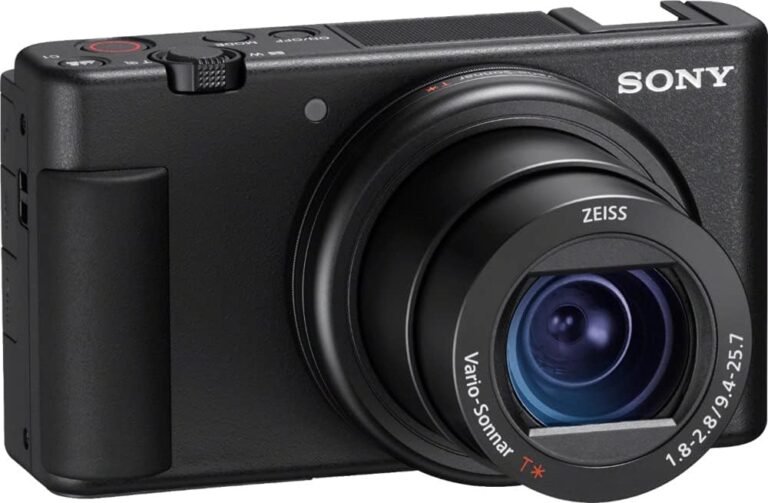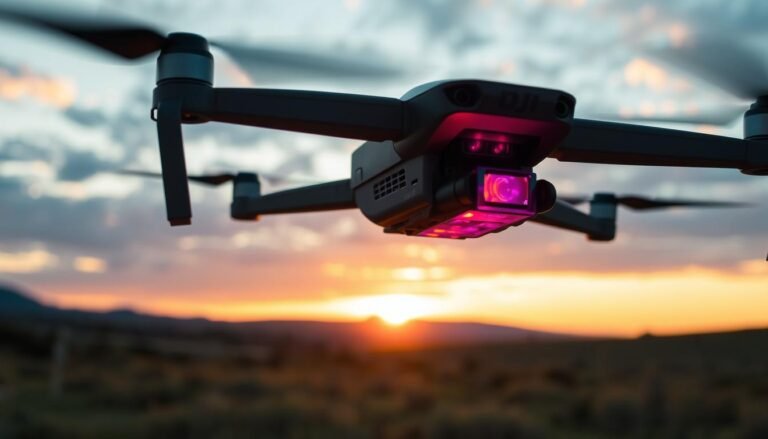Home security is a top priority for many of us, and surprising statistics show that a significant number of homes still lack basic security measures. I recently discovered that a Smoke Detector Camera can be an effective way to enhance home security while maintaining a discreet surveillance system.
I personally chose to install a smoke detector camera, and it has greatly benefited my home security setup. This device blends seamlessly with regular home safety equipment, making it ideal for unobtrusive monitoring.
In this comprehensive guide, I’ll walk you through the selection, installation, and setup processes, ensuring that even beginners with no prior experience in security camera installation can follow along.
Table of Contents
Key Takeaways
- Understand the benefits of using a smoke detector camera for home security.
- Learn how to select the right device for your needs.
- Follow a step-by-step guide to installing and setting up your camera.
- Discover the importance of proper installation for optimal performance.
- Understand the legal and ethical considerations of surveillance cameras.
Understanding Smoke Detector Cameras
To enhance home security, it’s essential to understand the role of smoke detector cameras. These devices are designed to provide an additional layer of protection by combining the functionality of a smoke detector with that of a surveillance camera.
What Is a Smoke Detector Camera?
A smoke detector camera is a type of surveillance device that is disguised as a regular smoke detector. It is equipped with a camera that can capture video, often with high-quality resolution. Unlike standard smoke detectors, these cameras are primarily designed for security monitoring rather than detecting smoke. They can be used to deter intruders and provide evidence in case of a security breach.
Benefits of Using a Smoke Detector Camera
The benefits of using a smoke detector camera include enhanced home security and peace of mind. These devices are discreet and do not alert potential intruders to the presence of surveillance. They can be integrated into a broader home security system, providing comprehensive protection. Additionally, they maintain the aesthetic of your home without obvious security equipment, making them a practical choice for homeowners.
Choosing the Right Smoke Detector Camera
The right smoke detector camera can significantly boost your home’s security and provide peace of mind.
With so many options available, it’s essential to consider several factors when making your selection.
HCPRO-SD380 Professional Smoke Detector Camera
The HCPRO-SD380 smoke detector security camera is an excellent choice for indoor covert surveillance. This professional spy camera is hidden in the smoke detector housing, making it virtually undetectable.
It features a 4-in-1 selectable HD-over-Coax security camera with a built-in audio surveillance microphone, capturing 1080p HD surveillance video in AHD, HD-TVI, and HDCVI modes.

Key Features to Look For
When selecting a smoke detector camera, consider the video quality, storage options, connectivity capabilities, and power requirements.
It’s also crucial to evaluate the camera’s field of view based on room size and monitoring needs, as well as its night vision capabilities for 24/7 surveillance.
Balancing budget considerations with necessary features is vital to getting the best value for your security investment.
Step-by-Step Installation Process
The installation of a smoke detector camera involves several key steps that ensure it’s done correctly and safely. Before you begin, it’s essential to understand the process and the tools required.
Gathering Necessary Tools and Materials
To start, you’ll need to gather a few essential tools and materials, including a drill, screwdriver, mounting hardware, network cables, and potentially a ladder for ceiling installation. Having everything ready will make the process smoother.
Selecting the Optimal Location
Choosing the right location for your smoke detector camera is crucial. Consider factors like room coverage, lighting conditions, network connectivity strength, and proximity to a power source. The camera should be placed in a position that looks natural for a smoke detector while providing the best surveillance angle.
Mounting the Smoke Detector Camera
Mounting the camera involves physically attaching it to your chosen location, whether it’s drywall or ceiling tiles. Follow the manufacturer’s instructions for specific mounting hardware. Ensure the camera is securely fastened and level.
Connecting to Power and Network
Once the camera is mounted, you’ll need to connect it to a power source and your network. This may involve hardwiring or using an adapter, and setting up Wi-Fi or a wired connection to your home network router. Follow the manufacturer’s instructions for the specific model you’re using.
Setting Up and Testing Your System
Now that you’ve installed your smoke detector camera, it’s time to set it up and ensure it’s working correctly. This involves configuring your camera settings and testing its video quality.
Configuring Your Camera Settings
To customize your surveillance parameters, access your camera’s configuration settings through the manufacturer’s app or web interface. Here, you can adjust settings like resolution, frame rate, and motion detection sensitivity. Creating a user account will also enable features like two-factor authentication for enhanced security.
Testing Video Quality and Coverage
Test your camera’s video quality by viewing the live feed and making necessary adjustments to focus, angle, and positioning. Ensure your camera is connected to your home network for stable connectivity. You can verify the camera’s field of view coverage by conducting movement tests throughout the monitored area.
| Setting | Description | Recommended Value |
|---|---|---|
| Resolution | Camera resolution for clear video | 1080p or higher |
| Frame Rate | Frames per second for smooth video | 15-30 FPS |
| Motion Detection Sensitivity | Sensitivity to detect motion | Medium to High |
Conclusion
As we wrap up this guide, it’s clear that smoke detector cameras offer a discreet yet effective way to monitor your home. Proper installation and setup are crucial for optimal performance and reliable surveillance coverage. Regularly check your camera system, review account security settings, and ensure stable network connections.
Smoke detector cameras have significantly enhanced my home security, providing peace of mind. I encourage you to reach out with questions or share your experiences. While installation may seem complex, the security benefits make it worthwhile. Consider expanding your home security system if you find the smoke detector camera valuable.
FAQ
How do I access my smoke detector camera’s feed remotely?
You can access your camera’s feed remotely by logging into your network account through the manufacturer’s app or website, using your credentials.
Is it necessary to connect my camera to a network?
Yes, connecting your camera to a network allows you to receive notifications, stream live footage, and access recorded videos remotely.
What are the benefits of having a security system with a smoke detector camera?
Having a security system with a smoke detector camera provides an additional layer of protection for your property, allowing you to monitor and respond to potential threats in real-time.
How do I ensure my camera’s account is secure?
To ensure your camera’s account is secure, use a strong password, enable two-factor authentication, and regularly update your software and firmware.
Can I install a smoke detector camera myself?
Yes, many smoke detector cameras, such as the HCPRO-SD380, are designed for DIY installation, and come with a user-friendly guide to help you through the process.
What are some key features to look for when choosing a smoke detector camera?
When choosing a smoke detector camera, consider features such as video resolution, field of view, night vision, and network connectivity to ensure you get the best possible performance.








